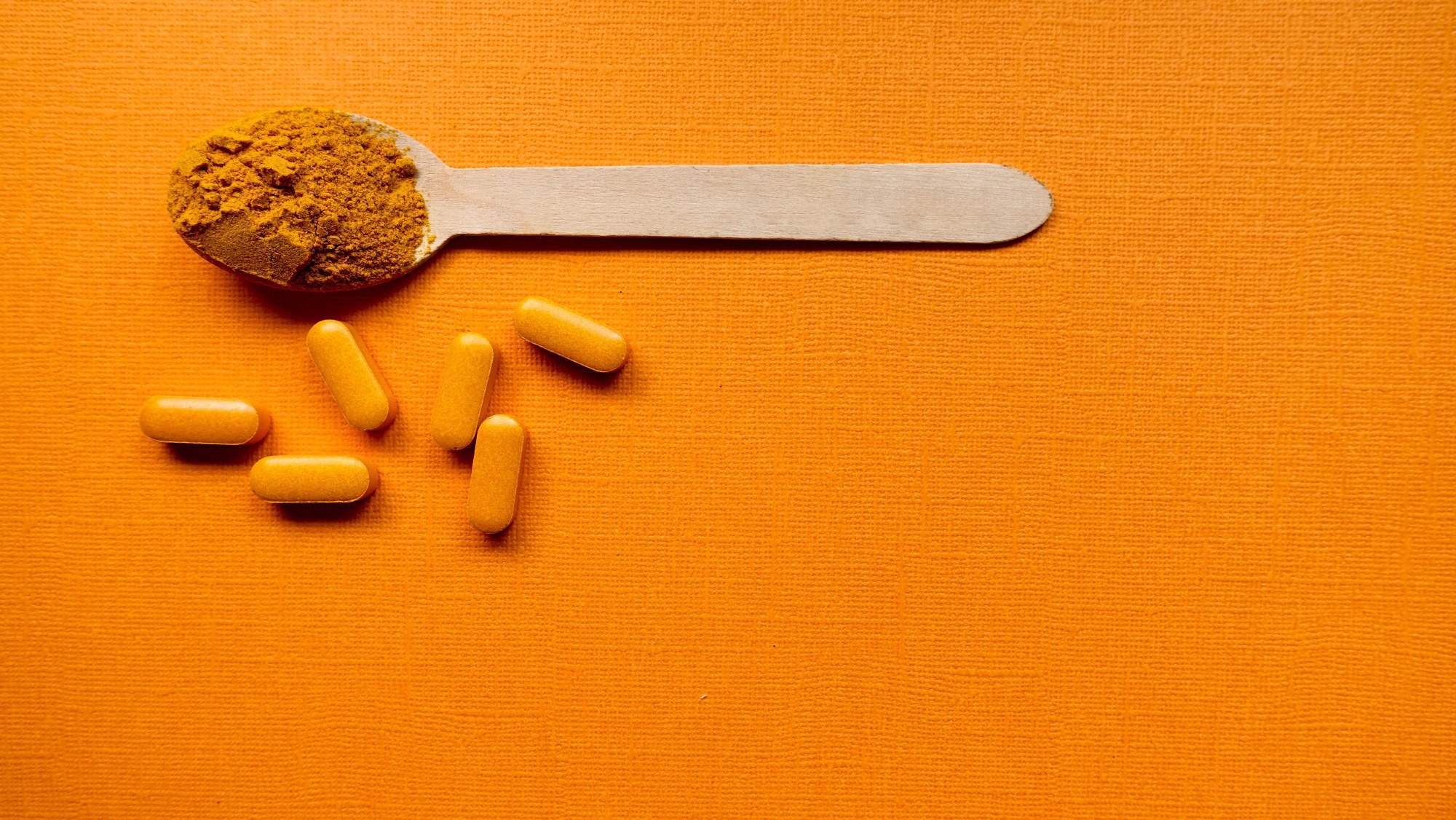Could a kitchen spice help stop colorectal cancer before it starts? New research shows curcumin selectively attacks the stem-like cells that fuel early tumors, pointing to a promising, low-risk addition to current prevention strategies.
 Study: An old spice with new tricks: Curcumin targets adenoma and colorectal cancer stem-like cells associated with poor survival outcomes. Image Credit: Tatiana.Sidorova / Shutterstock
Study: An old spice with new tricks: Curcumin targets adenoma and colorectal cancer stem-like cells associated with poor survival outcomes. Image Credit: Tatiana.Sidorova / Shutterstock
In a recent study published in the journal Cancer Letters, a group of researchers investigated whether physiologically achievable curcumin can inhibit colorectal tumor initiation by inducing cancer stem-like cells in adenomas and early cancers to exit self-renewal and differentiate.
Background
Every four minutes, someone in the United States (US) learns they have colorectal cancer, the nation’s second-deadliest malignancy. Lifestyle shifts mean incidence is climbing fastest in adults under 50, amplifying the need for prevention. Most tumors arise from benign adenomas that evolve over decades, offering a long interception window. Evidence links daily aspirin to risk reduction, yet bleeding risks and incomplete protection leave many people unserved. Plant-derived compounds with proven safety, such as the kitchen spice curcumin, intrigue researchers but often fail because their mechanisms remain vague. Unlocking how curcumin works could turn a low-cost seasoning into a precision prevention tool. However, further research is needed to confirm efficacy in at-risk populations, particularly for sporadic CRC (distinct from familial forms, such as FAP, where trial results have been mixed).
About the Study
Investigators collected fresh colorectal adenoma, carcinoma, and matched normal tissues from 66 consented patients for initial cancer stem cell (CSC) profiling (with additional samples used in subsequent assays). They dissociated samples into single cells, then quantified aldehyde dehydrogenase (ALDH) activity and epithelial surface antigen expression by fluorescence-activated cell sorting (FACS) to isolate cancer stem-like cells. Cells grew as three-dimensional spheroids in serum-free media containing 0.01–10 μM curcumin or vehicle for four weeks, mirroring chronic oral intake. Parallel patient-derived explants (PDEs), intact micro-tissues, incubated for 24 h, assessed short-term responses. To gauge in vivo relevance, researchers implanted 2,000 ALDH-high cells subcutaneously into non-obese diabetic/severe combined immunodeficiency (NOD/SCID) mice pre-fed a phytosomal (Meriva®) 0.2% curcumin diet.
Tumor onset, size, and survival were tracked for 20 weeks. Flow cytometry quantified proliferating NANOG-positive cells by Ki67 co-staining. Western blotting, affinity pull-down with linker-conjugated curcumin beads, and electrophoretic mobility-shift assays probed direct curcumin binding to the transcription factor NANOG. Finally, RNA sequencing of NANOG-overexpressing HCT116 spheroids after 24-hour and 72-hour exposures followed by gene-set enrichment analysis (GSEA) revealed pathway shifts toward differentiation. All procedures met institutional and national ethical standards.
Study Results
Curcumin suppressed stem-like behavior across various laboratory models, although its efficacy varied by patient sample and dose. In human spheroids, curcumin concentrations of 0.1–5 μM reduced sphere numbers by up to 95% in responsive patients and halved the ALDH-high fraction, with activity spanning multiple molecular subtypes, including those with KRAS or BRAF mutations. Adenomas harbored the greatest baseline load of ALDH-high/CD133-negative cells (11.8% vs. 4.8% in normal mucosa), a population specifically enriched in premalignant tissue and highlighting a prime prevention target that curcumin efficiently depleted.
In NOD/SCID mice, phytosomal curcumin delayed palpable tumor appearance from 80 to 105 days and extended median survival from 117 to 160 days. Treated tumors exhibited 50–83% fewer ALDH-high and CD133-positive populations, indicating durable stem suppression in vivo. Importantly, curcumin trimmed doublecortin-like kinase 1 (DCLK1)-marked tuft stem cells in ApcMin/+ mutant mice yet spared normal intestines, underscoring selectivity.
Mechanistically, curcumin bound the homeodomain and C-terminus of NANOG, a master regulator of colorectal cancer stem-like cells, and disrupted its DNA interaction. Low-dose exposure halved NANOG-driven luciferase activity and downshifted the focal adhesion kinase and BMI1 proto-oncogene pathways, without altering overall NANOG phosphorylation, suggesting a direct transcriptional blockade rather than protein destabilization.
Patient-derived explants mirrored these effects after only 24 hours: curcumin eradicated the proliferative NANOG-positive/Ki67-positive compartment in 5 of 20 cases and reduced it by more than 35% in 8 additional cases; however, four samples showed no response or an increase in NANOG⁺ cells. Notably, effects were non-linear, with stronger responses at lower doses (0.1–1 μM) in some tissues. Furthermore, long-term spheroid culture demonstrated no acquired resistance to curcumin, with sustained sensitivity over repeated exposures spanning 142 days. The stem-quieting action proved clinically meaningful—tumors from an independent cohort whose proliferative stem fraction sat in the lowest quartile enjoyed a median progression-free survival (PFS) of 1,111 days, versus 379 days for the highest quartile.
Transcriptomic profiling confirmed phenotype shift. Within 72 hours, with effects intensifying by 72 hours compared to 24-hour exposures, curcumin down-regulated embryonic stem gene signatures and up-regulated intestinal differentiation and epithelial-mesenchymal transition brake pathways. These changes aligned with an emerging population of non-stem proliferating cells, supporting the idea that curcumin pushes aggressive precursors to mature into less dangerous lineages rather than merely killing them.
Conclusions
To summarize, clinically attainable curcumin reprograms colorectal cancer stem-like cells, especially within early adenomas, steering them away from endless self-renewal and toward differentiation. By directly disabling NANOG, the spice depletes the proliferating stem pool associated with poor survival, prolongs life in xenografted mice, and leaves healthy intestinal stem cells intact. Dosing effects were complex, with U-shaped responses in some systems.
These findings connect a familiar culinary ingredient to cutting-edge precision medicine and suggest that regular low-dose curcumin could complement existing measures, such as colonoscopy and aspirin, where bleeding risk or genetic background limits their use. Ongoing trials must verify long-term benefit and optimize dosing for diverse at-risk groups.